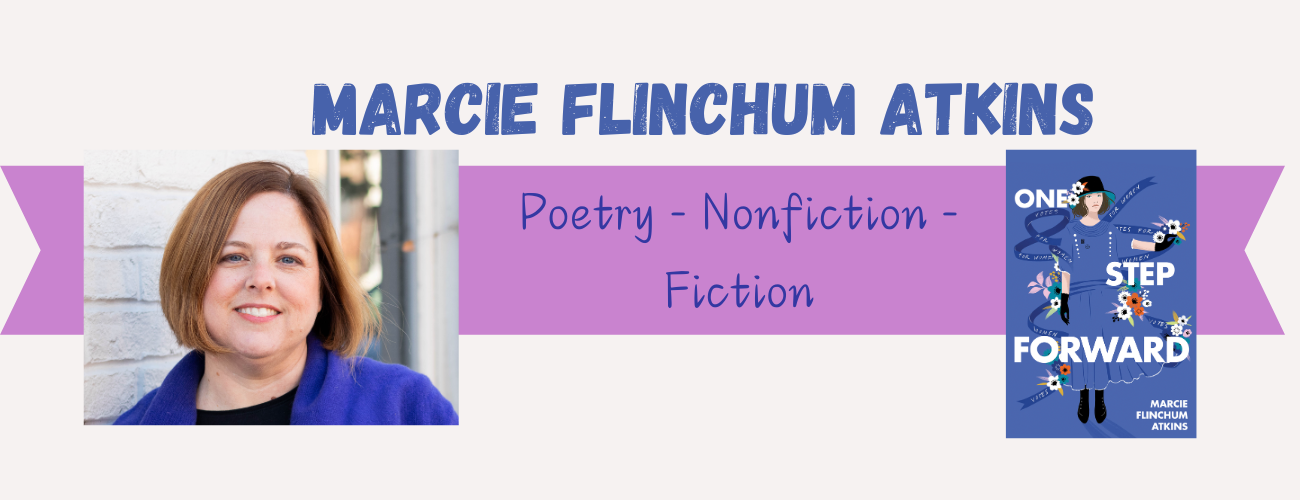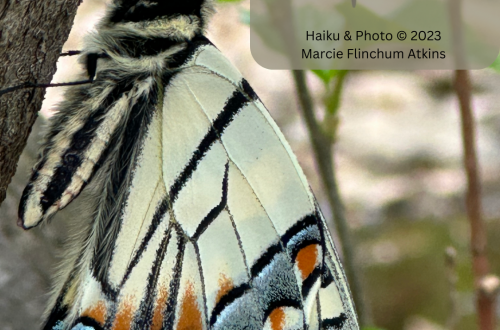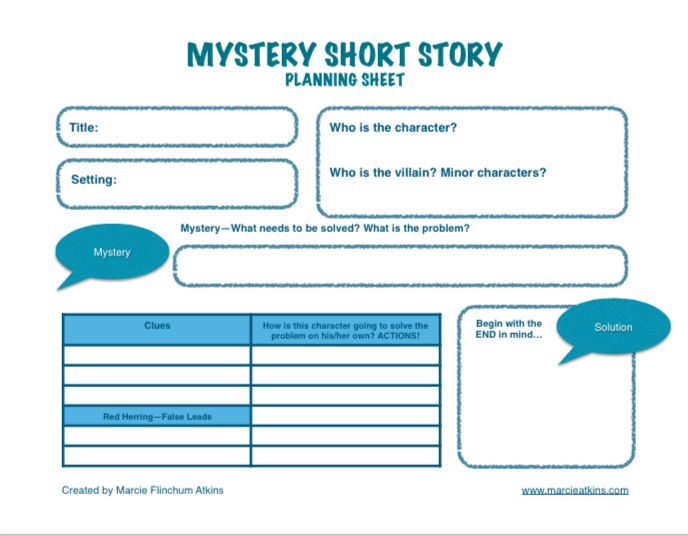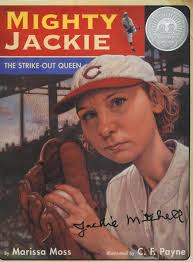We’re All in This Together: Revision Tips Post #2
Miranda Paul
Children’s author and RateYourStory.org Founder
www.MirandaPaul.com
3 Revision Tips for Picture Books
1. Search for “filler” words that add to word count unnecessarily. I am often guilty of using the words “just” “even” “all” and “only” too much, and also of transitions that aren’t needed such as “Soon after,” or “A moment later,” or “And then” because the page turns and/or illustrations in picture books show that it’s a new scene.
2. Print out your manuscript. Cut it up in to bits and pieces. Lay it out in 14 or 15 spreads (think a 32 or 40 page picture book). You will see your story in an entirely new way!
3. Disclaimer: I stole this tip from the phenomenal picture book author Lisa Moser. When revising, consider yourself just “playing” with your story. Don’t think of it as committing. Have fun, and remember that you can always revert to an earlier draft. The freedom of considering revision just “play” allows for much more inventiveness and openness to possibilities. Having three or four different versions of the same story is something I often end up with. Then I choose the best or most marketable manuscript and continue from there!
Donna L. Sadd
Author of “LUCCI- The No Smoochie Poochie”
Children’s picture book and Amazon children’s eBook
http://donnalsadd.wordpress.com
I was in the advertising field, and a super proofing trick that forces you to read each and every word is to read it upside down.
Marcie Flinchum Atkins
Children’s and YA Writer
www.marcieatkins.com
Revision Resources:
One of the best books on revising your novel that I’ve read. Cheryl is an editor at Arthur A. Levine Books/Scholastic and works with middle grade and YA novelists all the time. Her tips are especially good if you like making charts and spreadsheets to really get a handle on your novel.
Cheryl Klein’s Master Class on Plotting class through Writer’s Digest
I took this class in November 2012-January 2013 and it was the best thing I could’ve done to help me with my novel. I don’t think she is teaching it right now, but follow Cheryl’s blog where she usually announces when she’s doing this class again. It’s not often you get such close access to an editor to answer questions about plotting. It’s best if you already have a draft totally complete because you’ll be working through revision after you finish the class.
Jo Knowles Storyboarding for Novels
I always storyboard my picture books during revision, but I’d never done it for a novel until I read this post from Jo Knowles. It’s a great idea for visualizing your novel as a whole.
Writing Picture Books by Ann Whitford Paul
This is a must have for any picture book writer. While it’s a great place to start if you’ve never written picture books before, it’s also a great place to reference if you need revision tips for your picture book. There are lots of practice tips for revising and restructuring your picture book.
This book is marketed to writing teachers. I have used this in teaching my students, but I think it’s also a valuable books for writers. Why? Because there lots of practical revision tips that real children’s writers use. Messner’s book is full of pictures of the revision process. I’ve taught my students some of these tips, but I’ve also used many of them myself.
Would you like to read more revision tips? Check out yesterday’s Revision Tips Post #1.




One Comment
Romelle Broas
Donna has the most interesting tip. I just may give it a try. Look, Miranda, I am guilty of overusing “just.” Caught in the act! Marcie, I love Ann Whitford Paul’s book. Great resource. I will take a look at the others.